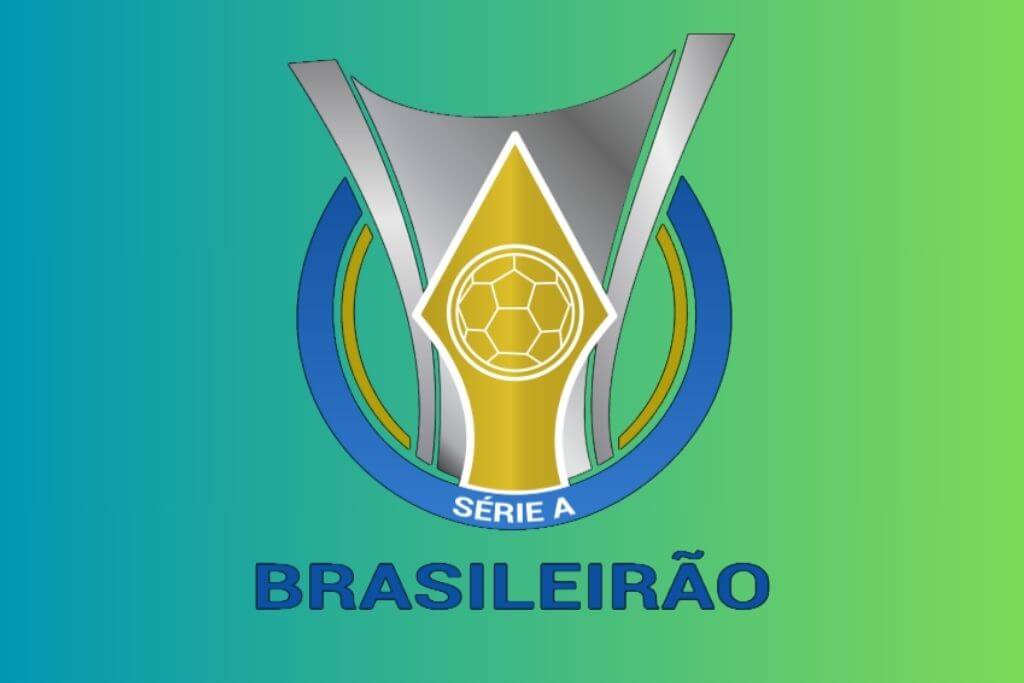Learn about the history of La Liga MX and discover some curiosities and the likely changes that are coming soon
Adverts
Mexico's top league, Liga MX is considered one of the biggest professional leagues on the American continent. And it has received a lot more visibility recently due to the changes that are due to be implemented from 2024.
The Liga MX, which was founded at the beginning of the 20th century and consolidated as a major professional league in 1943, has undergone several changes over the years, mainly in its format and the number of teams taking part.
The main change that has taken place to date was in 2012, when the league adopted the opening and closing system (Apertura and Clausura), which split the season into two separate championships, further increasing the competitiveness of the competition.
Adverts
Another major change took place in 2020 during the Covid-19 pandemic, when the Mexican Federation decreed that no Liga MX team would be penalised by relegation for the next six years (i.e. until 2026), to avoid team bankruptcies.
The decision, which at the time contributed to the financial health of several teams and small leagues, is currently being questioned and the need to revoke and bring forward the deadline has been discussed.
The main reason for this attempt at repeal is that Mexican football, which has always been synonymous with success, has suffered from a constant wave of defeats in both the men's and women's teams.
You might be interested:
- Football rules: take the quiz and test your knowledge
- Rules in Football: would you make a good referee?
- The Main Football Championships in Latin America
This wave of failures prompted Mexico's football federation to propose new measures and formats for the country's competitions, especially the Liga MX.
With the 2026 World Cup approaching, and Mexico being one of the host countries for the games, the Federation doesn't want any more disappointments with the national team. And it wants to make the teams and players showcases for new talent once again.
We've put together the main information about Liga MX, with some curiosities about the championship and the proposed changes for the coming years!
Quick Index:
Liga MX: history of the championship
Liga MX is Mexico's main football league and has a consistent history from its amateur beginnings to becoming a professional league. The league, which has been active since the beginning of the 20th century, was one of those responsible for popularising the sport in the country.
But it wasn't until 1943 that Liga MX was founded as the "Liga Mayor" with just 10 teams taking part. And it was from then on that Mexican football really began to grow in popularity and quality over the years, with great players and great teams emerging.
Liga MX has undergone several changes since it was founded, including the number of teams and the format of the competition.
One of the main changes came in 2012 when the league adopted the opening and closing system (Apertura and Clausura), and split the season into two separate championships. This change brought even more competitiveness and excitement to the league.
In addition to the success of the competition, the league has been an incubator for young talent, many of whom end up moving to more prominent European leagues after making a name for themselves on the Mexican scene.
Liga MX is one of the most important leagues on the American continent and one of the most watched in the world, with a legion of passionate fans and teams with remarkable histories.
You may be interested:
- Antivirus: Is it worth investing in one?
- McAfee Antivirus: Is it worth it?
- Norton Antivirus: protect your devices
Competition format
The official Liga MX format currently consists of two phases, the Apertura and the Clausura. Here's how each one works:
Apertura
The apertura is the league's regular season. The 18 Liga MX teams compete in a series of back-to-back matches. Each team plays the other 17 teams twice, once at home and once away, totalling 34 games per team.
During the Apertura, teams earn points based on the results of their matches: 3 points for a win, 1 point for a draw and 0 points for a loss.
Clausura (playoffs)
Once the Apertura is over, the top eight teams in the standings advance to the playoffs, known as the "clausura".
The playoffs are played on a knockout system, where teams face each other in the quarter-finals, semi-finals and final. The quarter-finals are played in back-to-back matches, as are the semi-finals.
The final is also played over two legs, with the champion determined by the aggregate score of the two matches.
Liga MX relegation
As in most other major football leagues, the worst teams in the competition are punished by relegation from the league.
In Liga MX, relegation is based on a system of points accumulated over three seasons, with this average being calculated by dividing the total number of points won by a team in the three seasons by the total number of games played in that period.
According to the regulations, the two teams with the worst average at the end of the regular season are relegated to the Liga de Expansión MX (formerly Ancenso MX), while the two best teams in the Liga de Expansion MX are promoted to Liga MX.
However, during the pandemic in 2020, Liga MX decided to suspend relegation for 6 years, i.e. 6 seasons. In other words, during this entire period, teams in the second division (Ascenso MX) will not be able to access the first division (Liga MX), and vice versa.
The measure was taken in response to the financial challenges faced by Mexican football clubs due to the Covid-19 pandemic in 2020.
With the lack of financial resources and the economic uncertainty generated by the pandemic, the Mexican Football Federation opted to suspend the relegation and promotion system as a way of protecting clubs from possible bankruptcy.
However, even though the decision was made to provide for six years without relegation, there are currently discussions about revoking this decision along with a proposal for a new structure for Mexican football.
Probable changes in the Mexican League
The last few world championships have not been very happy for the Mexicans, who have faced a series of challenges and disappointments on various fronts, not least the national team's dismal performance at the 2022 World Cup.
The feeling of dissatisfaction and the loss of the Liga MX clubs' hegemony in the Concachampions, the disappointment with the women's national team and also the youth teams. Mexican football is going through a bad patch!
In response to these problems and failures, the Mexican Women's Federation and Liga MX have announced a package of changes and other suggestions to reform the Mexican league.
The Structural Reforms Package for Mexican Football has as one of its main and most urgent aims to transform sports development in the country and prepare the national men's team for success at the 2026 World Cup.
As the 2026 World Cup will have some matches hosted in Mexico, the Mexican Federation doesn't want to have another big disappointment with its national team on its soil.
To begin restructuring Mexican football, the first changes are to the Liga MX format, which include adjustments to the number of foreigners allowed per team, discussions about the reintroduction of the relegation system, and an end to the multi-ownership of clubs by the same company.
Defined changes
Among the changes already defined are the end of the play-offs for qualification to the Liga MX knockout stages and a reduction in the number of foreigners allowed per team.
However, other more significant measures, such as the reintroduction of the access and relegation system, still depend on the approval of the clubs' owners, who are scheduled to meet in May.
Changes under discussion
The likely changes that are still under discussion are the reformulation of the Mexican league format, with the possibility of awarding only one champion per year and the creation of a League Cup or Intermediate Tournament to occupy the middle of the calendar.
Another point of focus is the export of players to European football, with the aim of boosting the development of Mexican talent.
Although there is still uncertainty about which measures will actually be implemented, the simple fact of opening up space for internal debate is considered crucial.
Rethinking decisions about Liga MX and promoting player development are important steps towards raising the level of Mexican football and restoring its international competitiveness.
Curiosities
Among the curiosities of the Mexican championship and Liga MX, the following stand out:
- Evanildo Castro, popularly known as Cabinho, is the top scorer in the history of the Mexican league, having scored 312 goals in 427 matches.
- Óscar Pérez, renowned as one of the best goalkeepers in the history of Mexican and world football, is the player who has appeared on the pitch the most times in the history of the competition.
- With Mexico being one of the hosts of the 2026 World Cup, along with the USA and Canada, several teams in the Mexican league are in the process of building or renovating stadiums.
- The teams in Mexico are not traditional sports organisations, but franchises of the league, operating like businesses, with owners and investors.
- One notable policy is that all Mexican league clubs are obliged to give at least 1,000 minutes of playing time to players under the age of 21 during the season, in order to promote local talent. This measure was previously implemented between 2005 and 2011, a period in which Mexico developed players such as Chicharito and Héctor Moreno.
- To avoid delays in players' salaries, the Mexican Football Federation has set up a fund. At the start of each season, the organisation collects US$ 5 million from each club, which can be used in cases of non-payment.
- Unlike the Brazilian football calendar, Mexican football follows the FIFA calendar. This means that players called up for the national team are not absent from their clubs, as football in the country is suspended during national team matches.
Keep up to date with all the news about the Liga MX. And see how to watch football live on your mobile phone!
Read more Football on your mobile phone: best apps


















